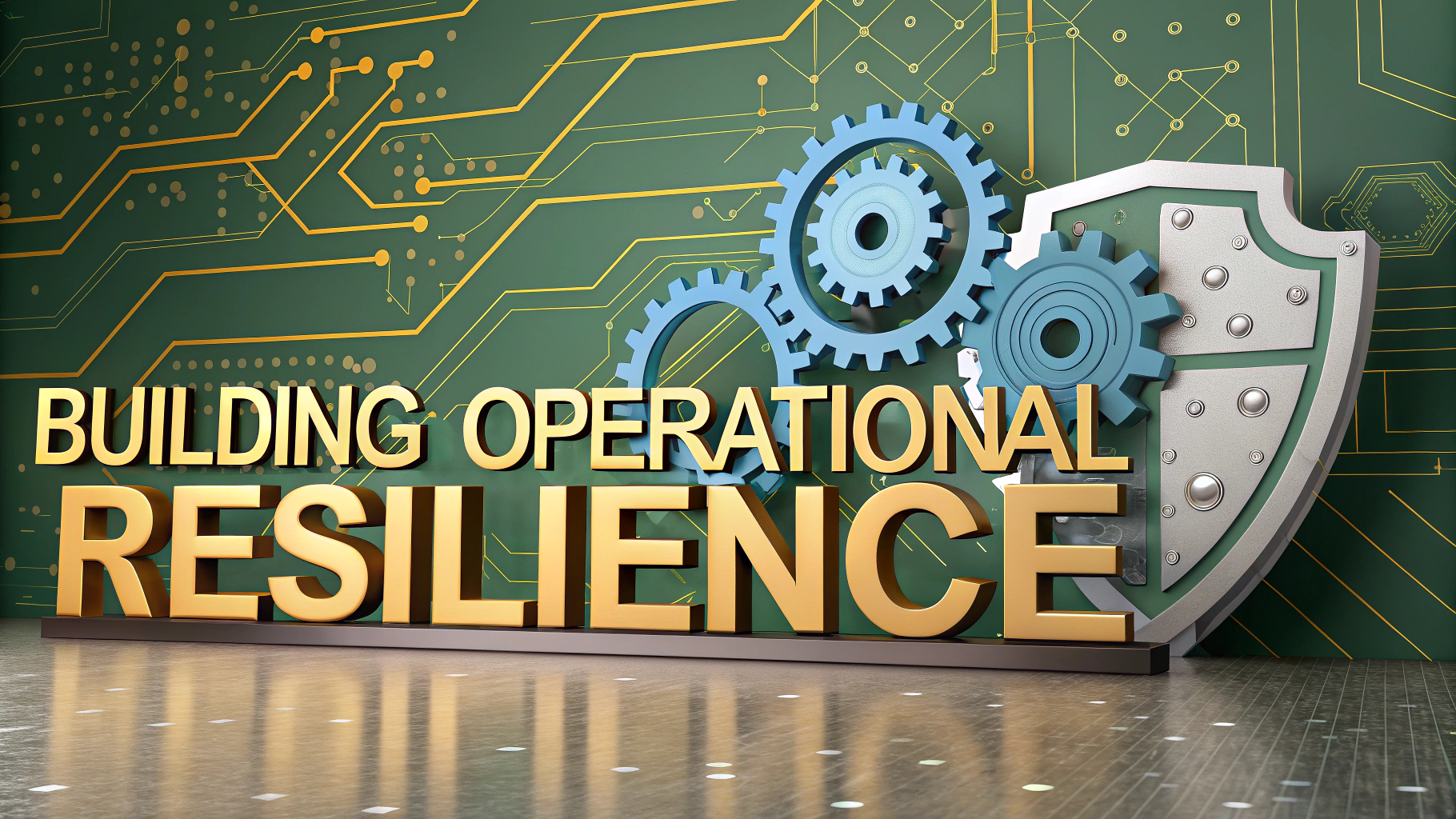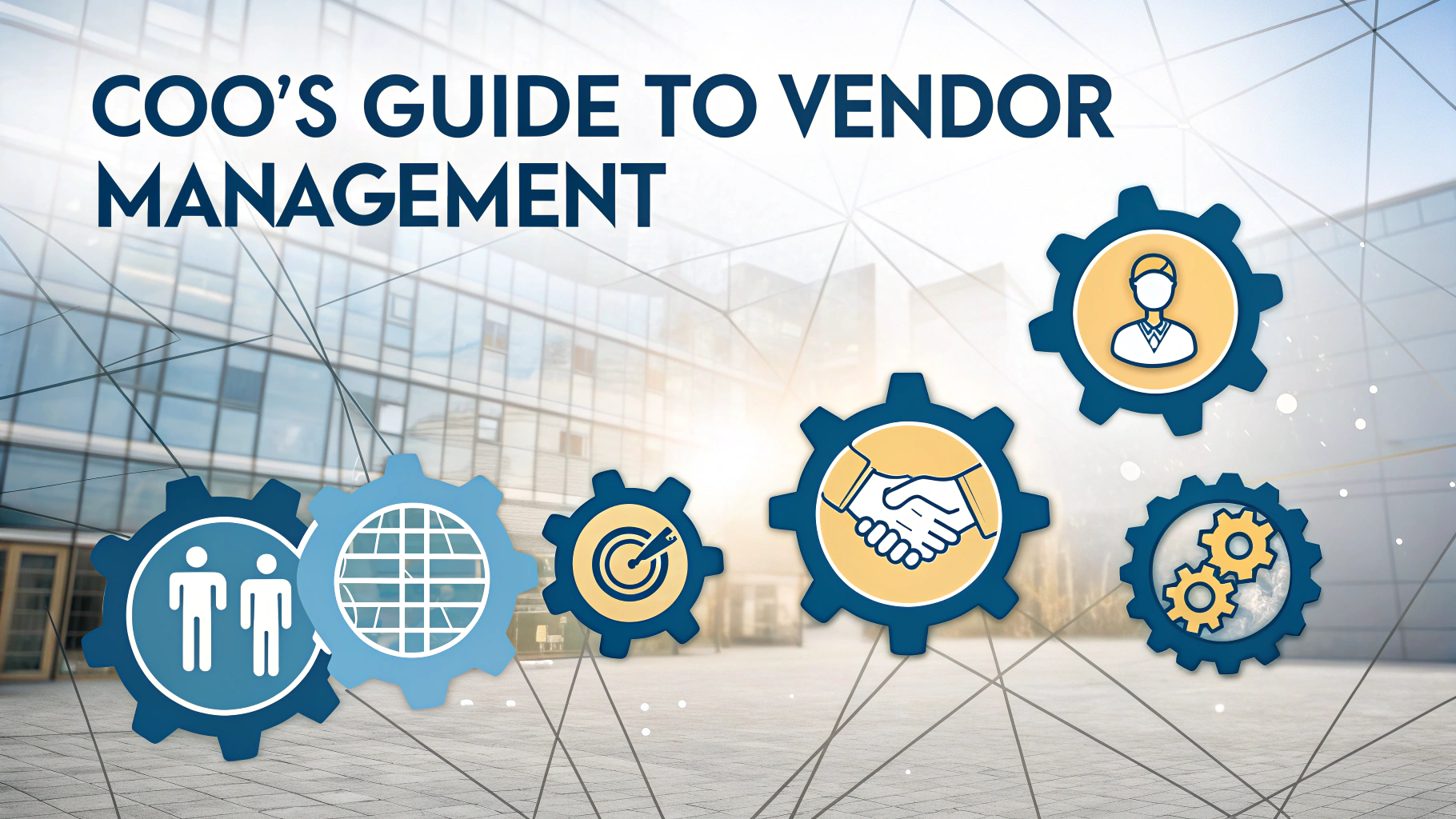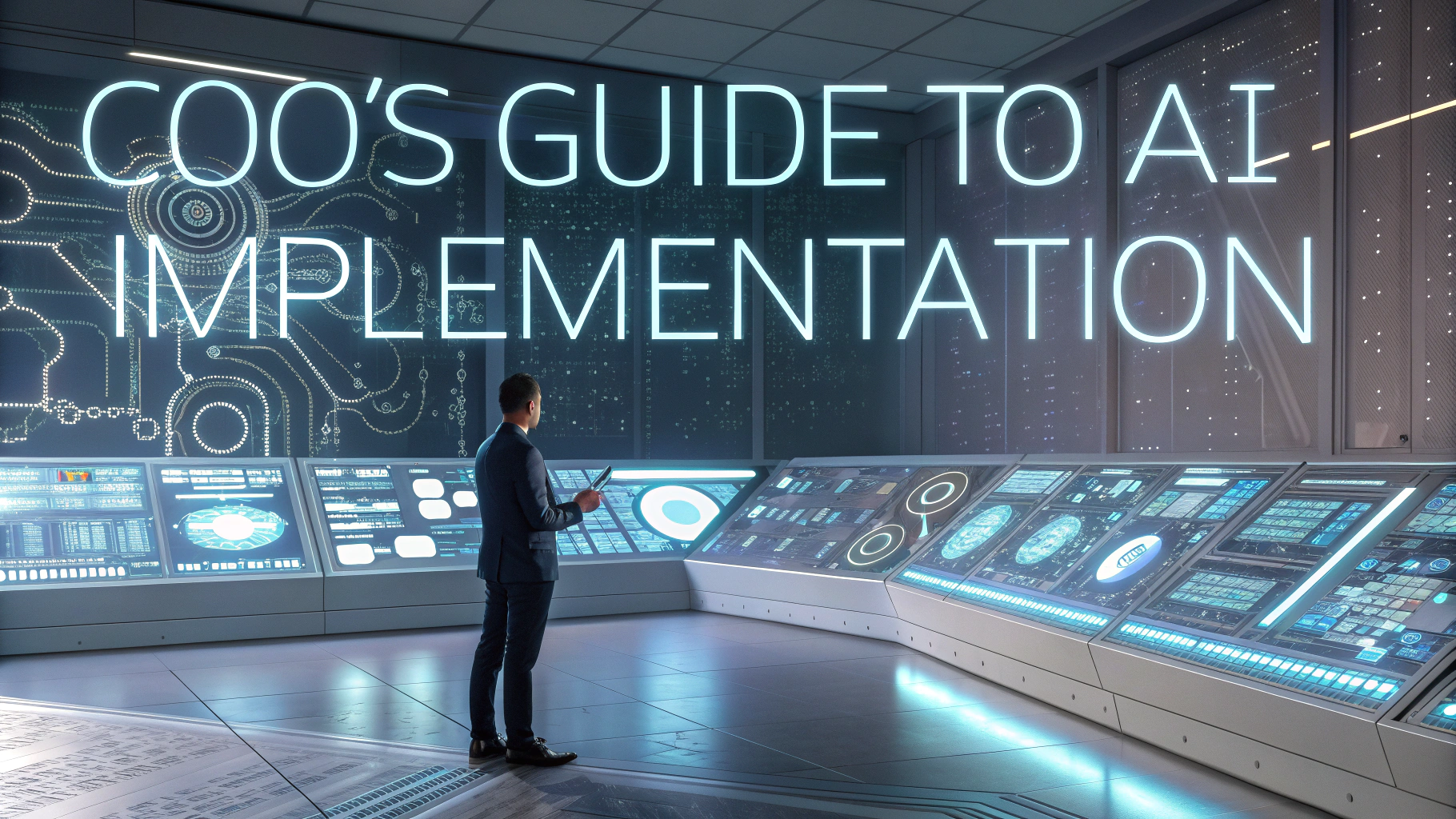Manufacturing operations optimization helps companies maximize efficiency, reduce costs, and improve product quality through systematic improvements to processes, workflows, and resource utilization.
By implementing proven optimization strategies, manufacturers can streamline production, minimize waste, and boost their bottom line while maintaining high quality standards.
This guide outlines practical steps and proven methods to enhance manufacturing operations, based on industry best practices and real-world examples.
Key Areas for Optimization
- Production workflow efficiency
- Equipment maintenance and reliability
- Quality control processes
- Inventory management
- Resource allocation
- Worker safety and training
Production Workflow Analysis
Start by mapping current production processes using value stream mapping to identify bottlenecks and inefficiencies.
Key Metrics to Track
- Overall Equipment Effectiveness (OEE)
- Production cycle time
- First-pass yield
- Downtime frequency
- Labor productivity
Equipment Maintenance Strategies
Implement predictive maintenance using IoT sensors and data analytics to prevent unexpected breakdowns.
Maintenance Best Practices
- Regular equipment inspections
- Preventive maintenance schedules
- Real-time monitoring systems
- Operator training programs
Quality Control Enhancement
Establish automated quality inspection points throughout the production process.
Quality Tools
- Statistical Process Control (SPC)
- Six Sigma methodologies
- Vision inspection systems
- Quality data management software
Inventory Optimization
Implement Just-in-Time (JIT) inventory systems to reduce carrying costs and improve cash flow.
| Inventory Type | Optimization Method |
|---|---|
| Raw Materials | Vendor-managed inventory |
| Work-in-Progress | Kanban systems |
| Finished Goods | Demand forecasting |
Resource Allocation
Use workforce scheduling software to optimize labor distribution and reduce overtime costs.
Resource Planning Tools
- ERP systems
- Workforce management software
- Production planning tools
- Resource capacity planning
Safety and Training Programs
Develop comprehensive safety protocols and regular training schedules to minimize workplace incidents and improve productivity.
Training Components
- Equipment operation
- Safety procedures
- Quality control methods
- Process improvement techniques
Next Steps for Implementation
Begin with a thorough assessment of current operations and prioritize improvements based on potential impact and resource requirements.
Document baseline measurements and set realistic improvement targets for each optimization initiative.
Contact manufacturing consultants or optimization specialists through organizations like the Association for Manufacturing Excellence (AME) at www.ame.org for professional guidance.
Implementation Timeline
Create a phased rollout plan that spans 6-12 months to systematically implement optimization initiatives without disrupting current operations.
Phase Breakdown
- Assessment and planning (1-2 months)
- Pilot program implementation (2-3 months)
- Full-scale deployment (3-4 months)
- Monitoring and adjustment (ongoing)
Technology Integration
Leverage Industry 4.0 technologies to create smart manufacturing environments that enable real-time decision making.
Key Technologies
- Industrial IoT sensors
- Manufacturing execution systems (MES)
- Artificial intelligence for predictive analytics
- Digital twin simulations
Cost-Benefit Analysis
Conduct detailed ROI assessments for each optimization initiative to ensure resource allocation aligns with business objectives.
| Initiative | Typical ROI Timeframe |
|---|---|
| Predictive Maintenance | 6-12 months |
| Quality Systems | 3-9 months |
| Inventory Management | 2-6 months |
Driving Long-Term Manufacturing Excellence
Success in manufacturing optimization requires ongoing commitment to continuous improvement and adaptation to changing market conditions.
Sustainability Factors
- Regular performance reviews
- Employee engagement programs
- Technology updates and upgrades
- Market trend monitoring
Focus on building a culture of excellence that empowers workers to identify and implement improvements continuously.
Maintain flexibility in optimization strategies to accommodate new technologies and evolving industry standards.
Remember that manufacturing optimization is an ongoing journey rather than a destination, requiring persistent effort and regular reassessment of goals and methods.
FAQs
- What are the key elements of manufacturing operations optimization?
Manufacturing operations optimization involves lean manufacturing principles, process automation, quality control systems, supply chain integration, workforce management, and data-driven decision making to improve efficiency and reduce waste. - How can predictive maintenance improve manufacturing operations?
Predictive maintenance uses sensor data and machine learning algorithms to anticipate equipment failures before they occur, reducing unplanned downtime, extending machinery lifespan, and optimizing maintenance schedules. - What role does Industry 4.0 play in manufacturing optimization?
Industry 4.0 enables smart manufacturing through IoT sensors, real-time data analytics, artificial intelligence, and machine-to-machine communication, leading to improved productivity and automated decision-making. - How can manufacturing operations reduce their environmental impact?
Environmental impact can be reduced through energy-efficient equipment, waste reduction programs, sustainable material sourcing, recycling initiatives, and implementing ISO 14001 environmental management systems. - What metrics should be tracked for manufacturing optimization?
Key metrics include Overall Equipment Effectiveness (OEE), throughput, cycle time, defect rate, inventory turnover, labor productivity, energy consumption, and production costs. - How does supply chain integration affect manufacturing operations?
Effective supply chain integration ensures timely material availability, reduces inventory costs, improves demand forecasting, and enables just-in-time manufacturing practices. - What quality control systems are essential for manufacturing optimization?
Essential quality control systems include Statistical Process Control (SPC), Six Sigma methodology, ISO 9001 standards, quality management software, and automated inspection systems. - How can workforce efficiency be improved in manufacturing operations?
Workforce efficiency can be improved through skills training, standardized work procedures, ergonomic workspace design, performance monitoring, and implementing continuous improvement programs. - What role does data analytics play in manufacturing optimization?
Data analytics enables performance monitoring, process optimization, quality control, demand forecasting, and identification of bottlenecks through analysis of production, maintenance, and quality data. - How can lean manufacturing principles be implemented effectively?
Lean manufacturing implementation requires value stream mapping, 5S methodology, kaizen events, standardized work processes, and continuous employee training in lean principles.







